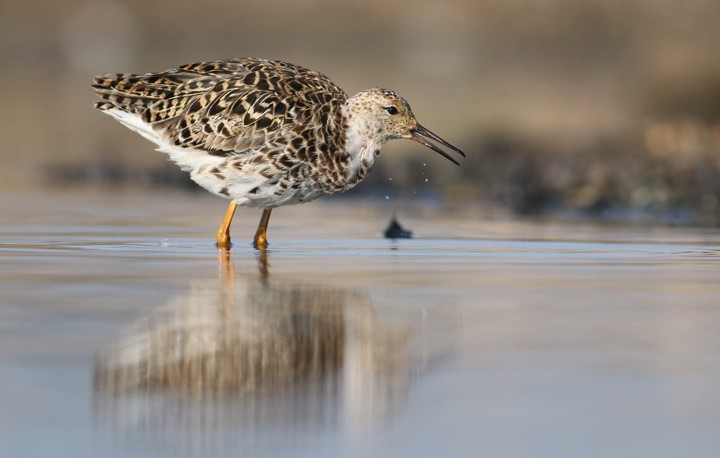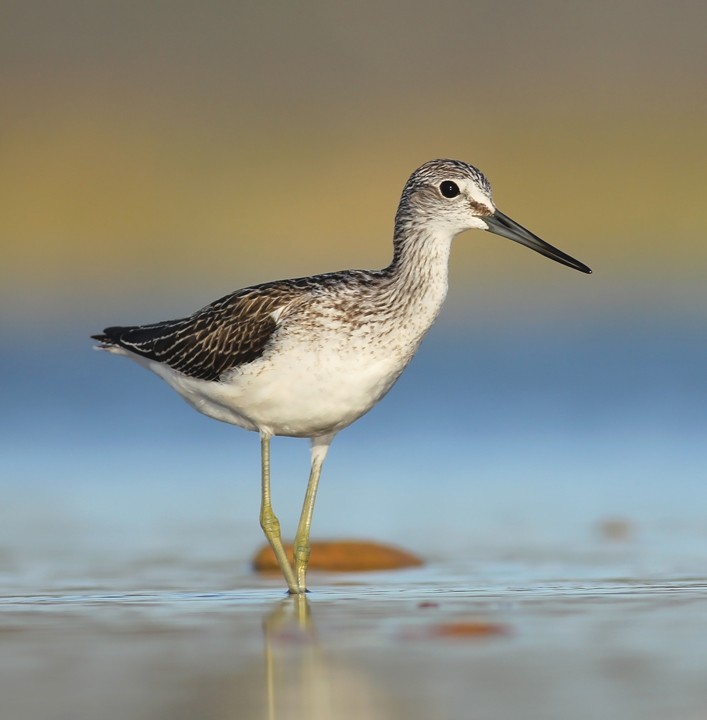Charger images
Les formats d'image autorisés sont de type jpeg, png ou gif
La taille maximale du fichier doit être de 20MB


Lake Ormož is one of the major water reservoirs in Slovenia, with an area of around 150 hectares .
Ormož lake was created by damming river Drava for hydroelectricity production purposes in neighbouring Croatia. The lake itself is cut in half by the border between the two countries. Ormož basins were previously used as storage tanks for wastewater from the sugar factory in Ormož. Large concentrations of nutrients led to an abundance of food – the abandoned pools therefore became an important location for many nesting and migratory endangered bird species.
You can get to the lake and basins either by train or intercity bus. Both stations are situated in Ormož and are fairly close. From the train station you head towards river Drava on the road in direction of the stream. After about a 10 minute walk you reach the embankment (on your right), from where you can observe the lake. If you want to reach the Ormož basins, you have to leave the embankment by crossing one of several footbridges. You continue your way on the dirt road, which turns left, leading to the basins. Here you have to be especially careful not to harass birds. On your visit therefore please stay on the dirt road. Do not walk among pools and on embankments! The visit of the lake and the lagoons will take you a whole day.
Lake Ormož and basins are a very important for birds. In winter you can observe the Oie rieuse , Oie des moissons and Oie cendrée here. Many duck species, great flocks of Foulque macroule and Pygargue à queue blanche. Winter is also a time when the Garrot à oeil d'or and Harle piette frequently occur. Reeds growing at the beginning of the lake are a nesting place for several species of warblers and Blongios nain in the summer. Numerous species of gulls can be found on the lake. Occasionally rare gull species can be seen.
In spring, summer and autumn the Ormož basins are a place where you can observe different waders such as the Chevalier gambette and Chevalier arlequin, and (even!) Chevalier stagnatile, Chevalier aboyeur, Barge à queue noire and Grand Gravelot. In time of migration various species of waders and dabbling ducks are present in the area. Water pools are a nesting place for Sterne pierregarin, Mouette rieuse and Échasse blanche. The Fuligule nyroca, a species of global environmental concern, nests here as well. Singing of Râle d'eau can often be heard from the reeds in summer months, and with some luck we can also hear the Marouette poussin and Marouette ponctuée. In the warm half of the year we can observe the Busard des roseaux (which also nests here) and in winter time the Busard Saint-Martin often glides over the reeds.
Votre feedback sera transmis à l’auteur.rice de cette zone et à l’équipe éditoriale de Birdingplaces, qui l’utiliseront pour améliorer la qualité des informations. (Vous souhaitez publier un commentaire visible en bas de page ? Fermez cette fenêtre et choisissez l’Option 1 : « Publier un commentaire, un conseil ou une observation ».)
Veuillez fournir des suggestions d'améliorations ou d'ajouts au texte de ce site ornithologique.
Veuillez fournir vos suggestions d'améliorations ou d'ajouts à la carte.
Veuillez fournir des suggestions d'améliorations ou d'ajouts à la liste des oiseaux.
Cliquez sur l'icône de l'oiseau () Insérez les noms d'oiseau dans votre langue. Ils seront automatiquement traduits pour les autres usagers !